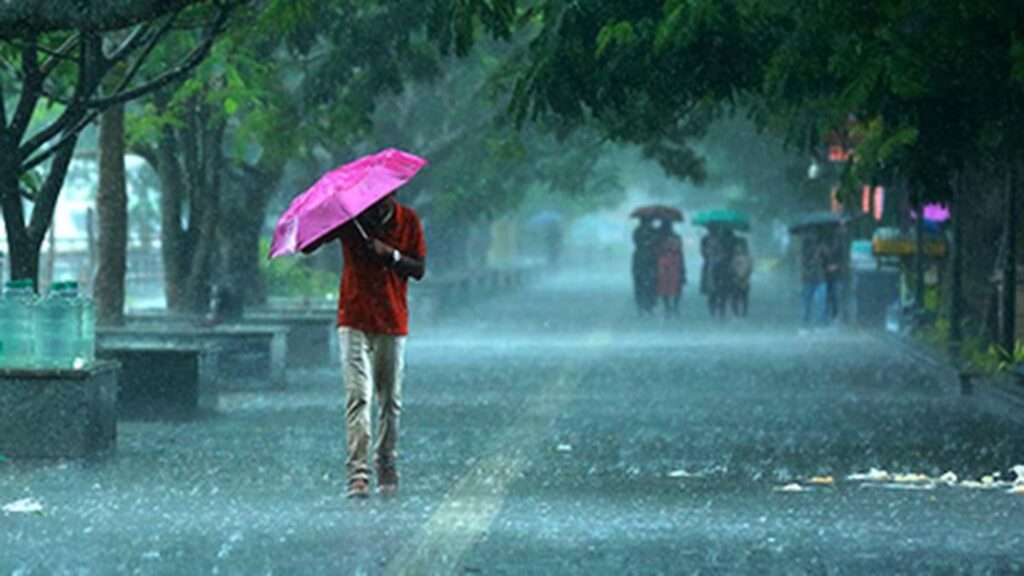India is expected to receive above-normal rainfall in July, exceeding 106% of the long period average (LPA), according to the India Meteorological Department (IMD). The forecast is encouraging news for the agricultural sector, rural economy, and inflation outlook.
The IMD’s latest projection aligns with its earlier seasonal forecast from April, which predicted an above-normal Southwest Monsoon this year. June rainfall already surpassed expectations, registering an 8.9% surplus nationwide. This included significant excess in northwest India (42.2%) and central India (24.8%), while the south peninsula saw a marginal shortfall of 2.7%, and the east and northeast India recorded a 16.9% deficit.
The LPA for July, based on rainfall data from 1971 to 2020, stands at 280.4 mm. “Most parts of the country are likely to witness normal to above-normal rainfall this month,” said IMD officials on Monday. However, the agency noted that areas such as northeast India, parts of the east, the extreme southern peninsula, and sections of the northwest may receive below-normal precipitation.
July is considered the peak of the monsoon season and is critical for sowing paddy and other kharif crops. With nearly 51% of India’s agricultural land dependent on rain and contributing to 40% of the country’s total crop output, favorable monsoon rains are crucial.
Despite the overall positive outlook, the IMD has cautioned about potential flooding in certain regions. “Heavy rainfall is expected in Uttarakhand, Haryana-Chandigarh-Delhi, and across central and east central India—including Odisha, Chhattisgarh, Telangana, Vidarbha, and parts of Maharashtra,” said M Mohapatra, Director General of IMD. He emphasized the need for active monitoring of reservoirs and river systems in these areas to manage water flow and prevent disasters.
“Several towns and cities are located along south-flowing rivers in Uttarakhand, and the Ganga and Yamuna originate from this region. Continuous monitoring and preparedness are essential,” Mohapatra added.
In terms of temperature, July is expected to bring some relief from heat. The IMD forecasts that both daytime and nighttime temperatures will remain normal to below normal across much of the country. However, regions in the northeast, parts of the northwest, east, and southern peninsula could experience slightly above-normal maximum temperatures. Similarly, minimum temperatures may be higher than normal in some of these areas.
June this year was cooler than average, with the country recording the 36th lowest average maximum temperature (34.11°C) and the 86th lowest average minimum temperature (24.88°C) since 1901. Overall mean temperature ranked 57th lowest historically.
June rainfall also stood out with over 70 weather stations reporting extremely heavy rain (more than 20 cm), and another 432 stations logging very heavy rainfall (15–20 cm). However, experts caution that while national averages indicate a healthy monsoon, regional disparities in rainfall distribution remain a concern.
With July rainfall projected to be robust, attention now turns to managing weather-related risks and ensuring that the rains translate into agricultural and economic gains without triggering floods or damage.
